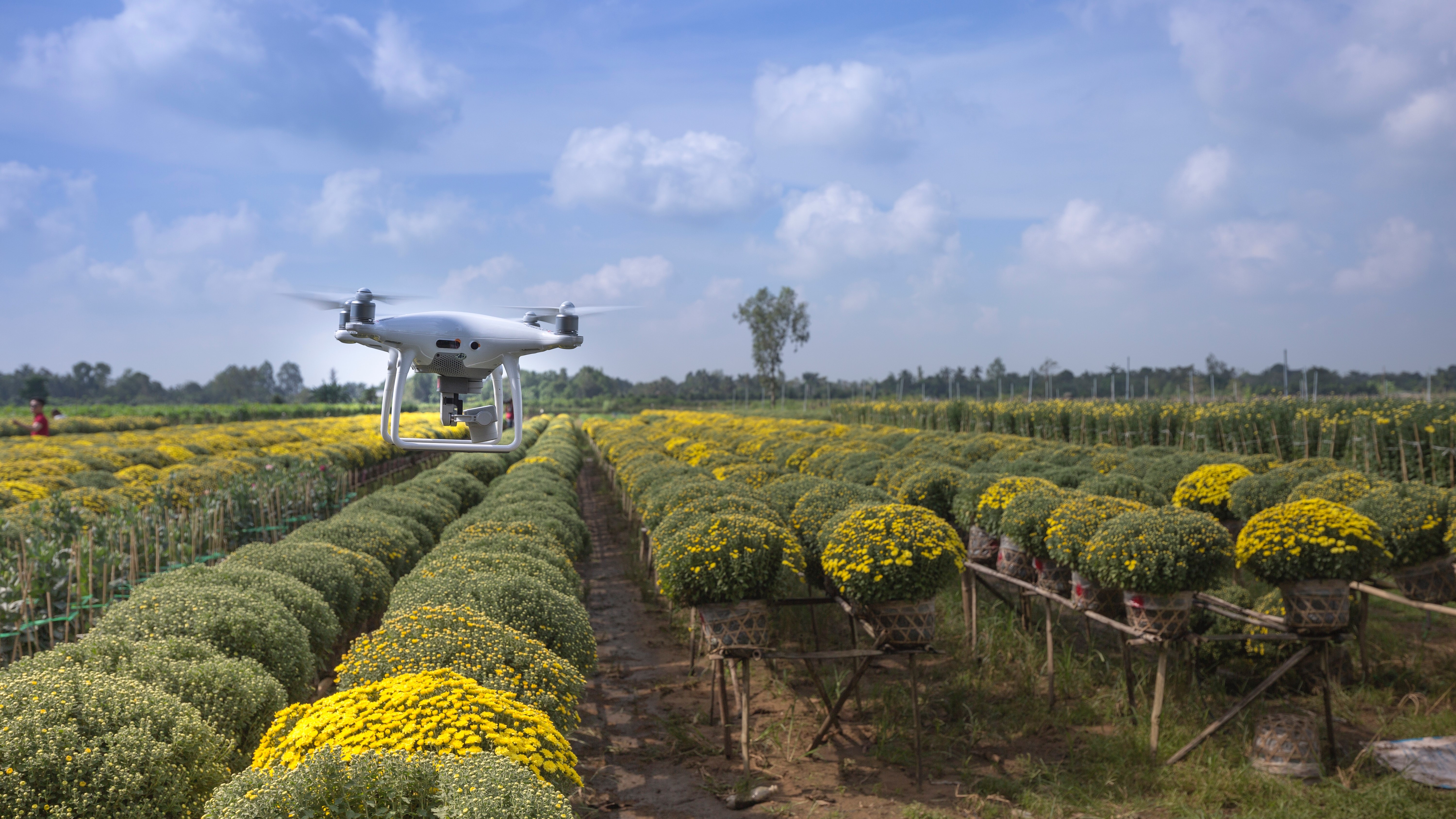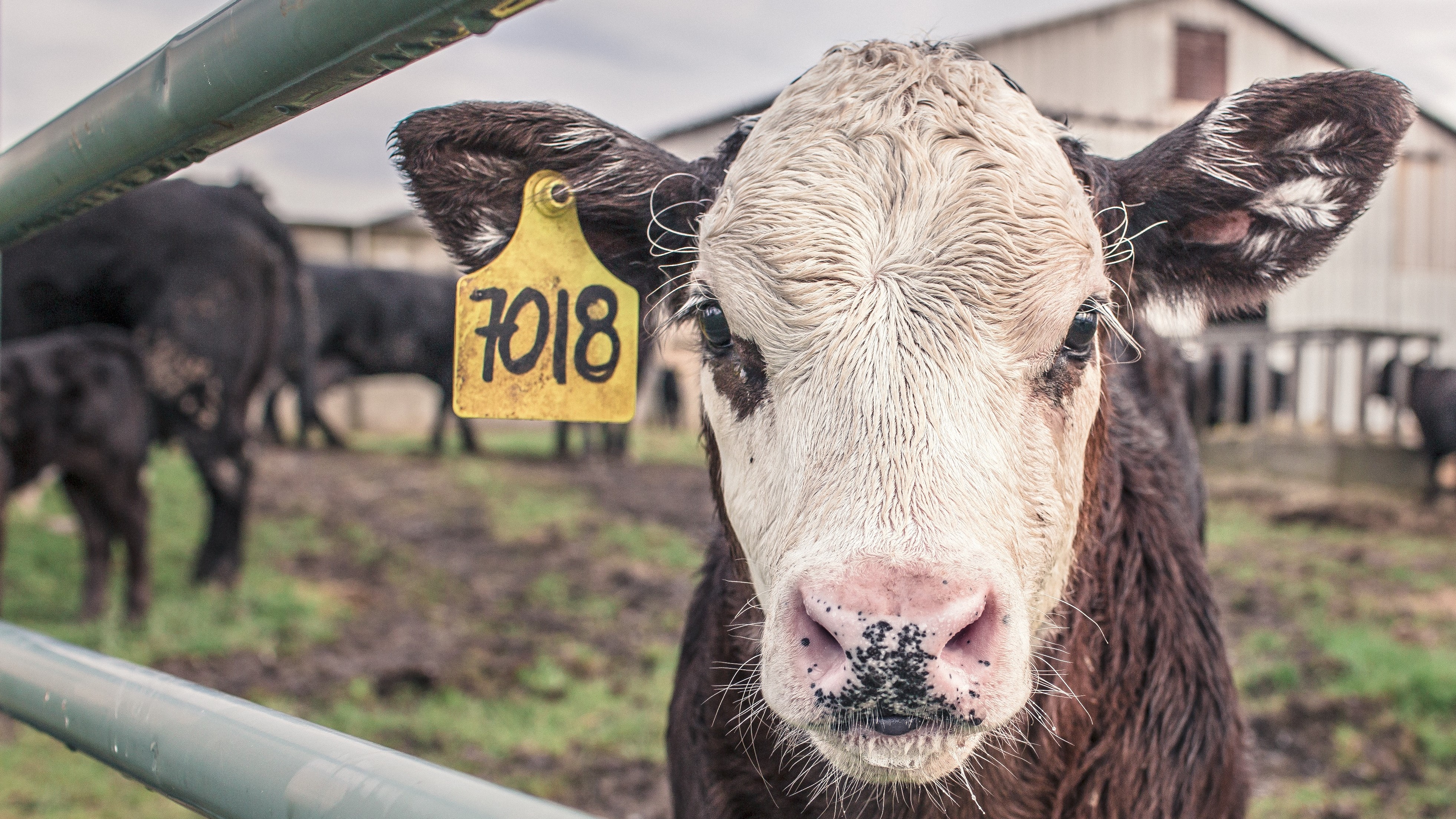Using innovative technology to feed our growing population
By the year of 2050, there could be as many as 10 billion people living on earth – all demanding food

Martin Hodgson is the Head of UK and Ireland at Paessler.
If you’ve seen Netflix’s new series, “The Society” then you’ll know it follows a group of highschoolers coming to terms with the sudden disappearance of all adults. With no explanation as to how their parents disappeared, the teenagers have to adapt and learn how to survive independently. With complete social and economic collapse, they have no consistent food supply. This means they have to learn how to farm their own food in order to guarantee supply for an uncertain future.
You may wonder what this has to do with feeding a world of 9 billion people – and the role technology may play. But, this is a striking allegory for how we need to develop more sustainable farming practices if we are to guarantee food-supply for the ever-growing human population. It’s a topic on all of our minds. Global food demand is on the rise. In fact, according to McKinsey, if current trends continue, then by 2050, caloric demand will increase by 70 percent, with crop demand for human and animal consumption set to increase by at least 100 per cent. These demands are shaping our agricultural markets in a way that we have never witnessed before.
Agriculture is an industry that is no stranger to technology, especially when it comes to the Internet of Things (IoT). Putting technologies like blockchain and artificial intelligence to the side, IoT is revolutionising the industry. By enabling intelligent objects to connect to one another and to the outside world using the internet – it’s possible to be smarter in our approach to farming. Utilising sensors and processors make it much more feasible to farm in real-time. The question is, are enough farmers using IoT technologies, and are they doing so sustainably?

Agriculture of Things
IoT can be adopted into agricultural practices in many ways. One interesting example of this is precision farming. This is a method that pursues the goal of managing agricultural land in a site-differentiated and targeted manner.
Take a farm full of cattle for example. By implementing Precision Farming Technologies (PFT), it becomes possible for the farmer to monitor each individual animal on the farm. This means monitoring the animal’s temperature, nutrition levels and also monitoring for illness or stress. This enables livestock farmers to identify any poorly animals – and to treat them and get them back to health faster. Whilst each farmer will monitor different things, dependent on the livestock they are looking after – the idea remains the same. IoT sensors provide real-time insights into each animal, ensuring livestock welfare, sustainability and minimising loss of produce.
Another example of using IoT in agriculture is Variable Rate Technology (VRT). This is similar to precision farming, but instead of measuring livestock, measures site-specific or partial-impact soil tillage using differential global positioning systems.

Smart vineyards
To showcase smart technologies at play in the agriculture world, a great example is smart vineyards. For vineyards to remain sustainable, we must be aware of the impact that global warming is having on viticulture. This means preparing for rapid weather changes, and extreme weather conditions.
Sign up to the TechRadar Pro newsletter to get all the top news, opinion, features and guidance your business needs to succeed!
This is why today, we’re witnessing more and more winegrowers placing reliance on sensors distributed around the vineyards. The sensors are relied on to send environmental data, drone images and information about the composition of the leaves to cloud platforms. The result – an easier way to plan work on a day-to-day basis. Essentially, thanks to IoT technology – wine growers get much more peace of mind.
Work smarter, not harder
Being smarter in our approach is more important than ever before. It’s important farmers understand that IoT does not remove them from their social responsibilities. Previously used unsustainable methods like poor irrigation practices have contributed to the loss of about one quarter of land used for agriculture over the last 25 years. To put this into perspective, this means that every three years, an area the size of Germany is lost to deserts. Whilst, the world’s population has grown by about two billion in the same time period.
This is why innovative technologies are needed, and IoT isn’t the only one. Hydropnoics, the art of cultivating plants with water is another approach being adopted today. It means less water is consumed, it’s possible to better control nutrient supply, yield and quality can be improved and no herbicides are required.
When it comes to implementing change for the better, what we do now will be integral for ensuring a more sustainable future. Agriculture industries across the globe need to utilise modern technologies in order to secure a reliable global food supply for the coming decades.
Martin Hodgson is the Director Northern Europe at Paessler AG.
